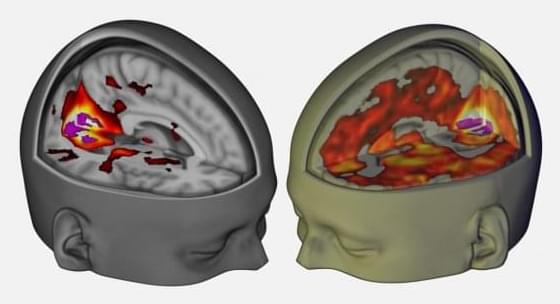Zscaler reveals SilentSync remote access trojan hidden in two malicious PyPI Python packages, risking browser data theft and multi-OS compromise.


Depression, anxiety, PTSD and other maladies of the mind are plaguing our societies. Our medicines are now decades old, and their effectiveness is questionable. Around half of those taking antidepressants experience no benefits. Side effects are common, and relapse rates when stopping the pills can reach 80%.
If someone told you we have a remedy with nearly no relapse, no long term side effects, and life-altering potential, wouldn’t you be curious?
Enter Dr. Ayla Selamoglu (Newnham 2016). As a Trinity postdoc endorsed by biotechnologist Prof. Christopher Lowe OBE, her research centres on psychedelic medicine and drug development.
Psychedelic medicine has the potential to revolutionise psychiatry. And the revolution is starting here.
Dr. Ayla Selamoglu is an expert on psychedelic medicine. Her work shows how nature’s most mysterious compounds provide new ways to combat mental illness.

Forty-two years after approving the potent diuretic Bumex (bumetanide) as both an oral and infused treatment for edema, the FDA has endorsed a new version of the drug to be delivered as a nasal spr | Forty-two years after approving the potent diuretic Bumex (bumetanide) as both an oral and infused treatment for edema, the FDA has endorsed a new version of the drug to be delivered as a nasal spray. The U.S. regulator has signed off on Corstasis Therapeutics’ Enbumyst to relieve the edema associated with congestive heart failure, chronic kidney disease and liver disease.

Gene therapy has successfully reversed deafness in both children and adults by delivering a healthy gene directly to the ear. One injection led to rapid hearing recovery, especially in younger patients, with no serious side effects.
A single shot of gene therapy restored hearing in people born deaf, with most showing improvement within weeks and some regaining full function.



Light-Powered AI Chips: The Photonic Revolution That’s About to Change Everything ## The future of artificial intelligence (AI) may be revolutionized by photonic AI chips that use light instead of electricity to process information, enabling faster, more efficient, and heat-free computing.
## Questions to inspire discussion.
Photonic AI Technology.
🔬 Q: What makes photonic AI chips more efficient than current AI chips? A: Photonic AI chips are 100x more energy efficient and produce virtually zero heat compared to electronic chips, as they use light instead of electrons for computation.
🌈 Q: How do photonic chips encode information differently? A: Photonic chips can encode information simultaneously in wavelength, amplitude, and phase by bouncing light off mirrors and optical devices, replacing traditional electronic processors.
Industry Developments.

